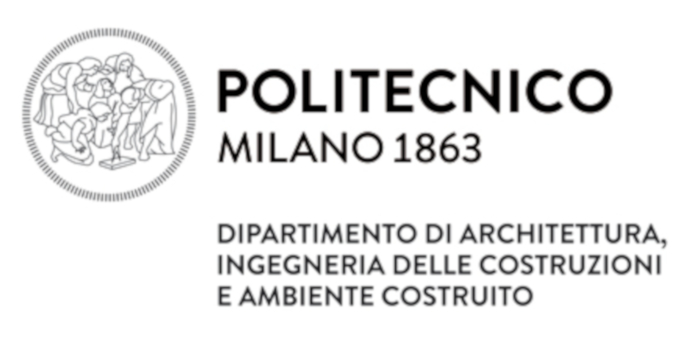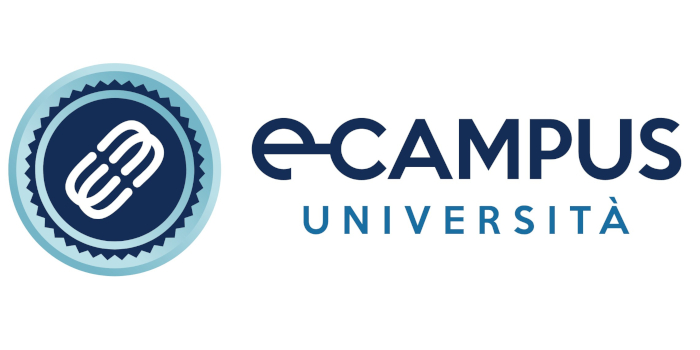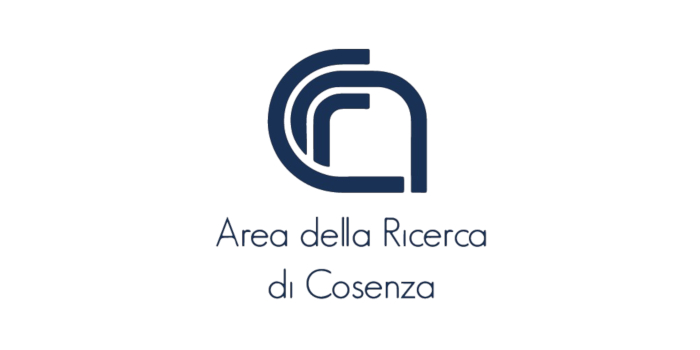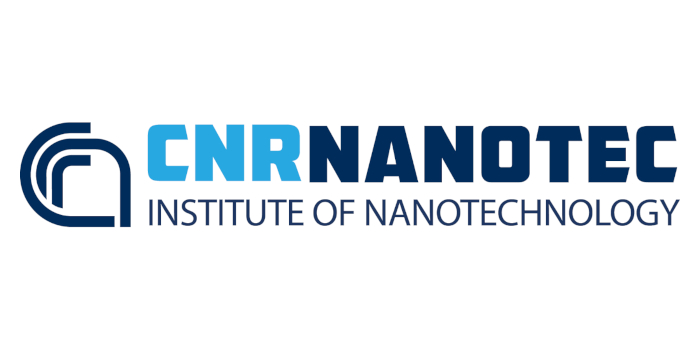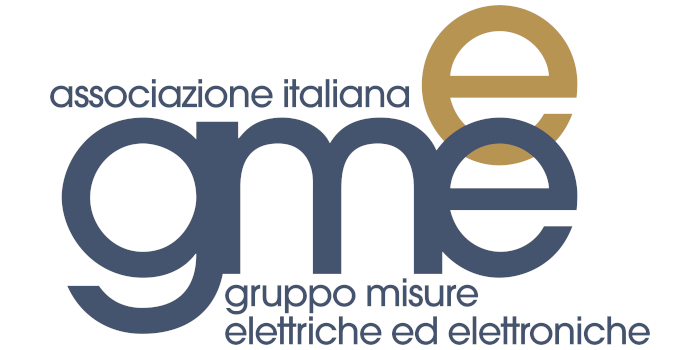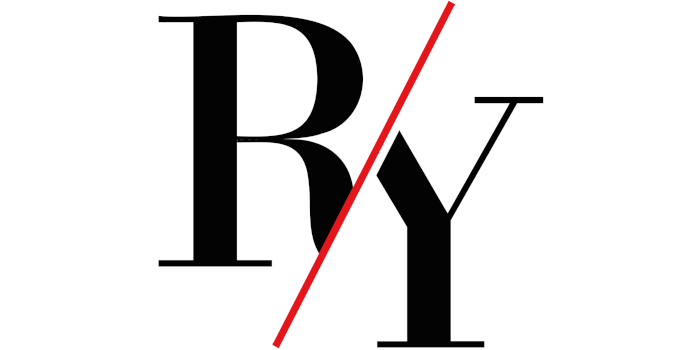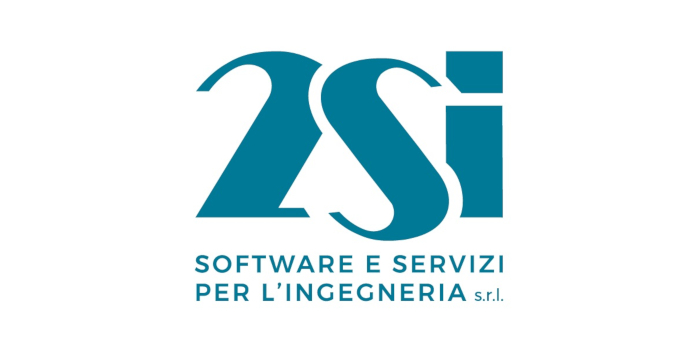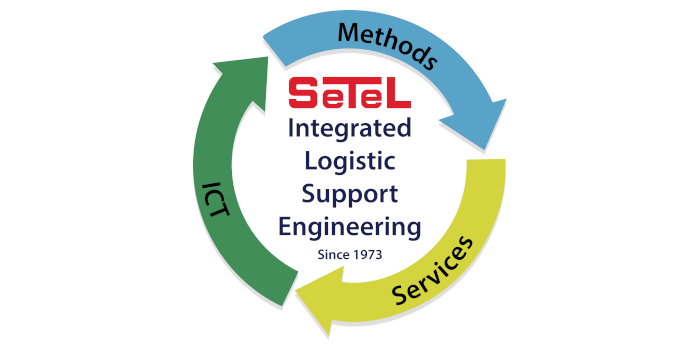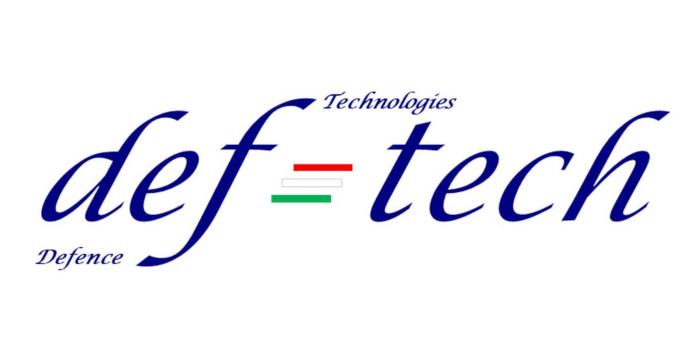PANEL SESSION
Forensic metrology: is it needed in the construction field?
When safety and sustainability are concerned, construction is a critical field, due to the important role played by structures, materials and construction techniques in ensuring safeness and sustainability of the buildings and infrastructures we use in our everyday life. Structural monitoring and conformity to the numerous Standards issued to set the best practice in construction works and material production have become important players in ensuring safety and sustainability. Good measurements are therefore needed both in the construction and monitoring stage, as well as in investigations following accidents, to understand their causes. Forensic metrology represents, hence, an unavoidable need in the field.
This panel session is aimed at proving this, leaving the floor to technical experts as well as lawyers and judges who refer to forensic metrology at different extents.
MODERATOR: Prof. Alessandro Ferrero, Politecnico di Milano
PANELISTS
Alfredo Cigada - When metrology meets Structural Monitoring
New sensors and measurement systems offer challenging perspectives in Structural Health Monitoring. Many reasons, like the number of parts, installation complexity, harsh environment, make any metrological evaluation over SHM systems a challenging task, especially when such systems are used to certify serviceability or security issues, or in case the monitoring system is linked to insurance fees. The gap between a complete metrological evaluation and no control at all is wide and it deserves a carful and clever assessment, also under the light of forensic requirements. All the players are asked to find the best solution among cost, information content, reliability of data.
Alfredo Cigada is professor of Mechanical Measurements at Politecnico di Milano. His main research interests are about dynamic measurements and Structural Health Monitoring. He has taken care, since 2003, of the monitoring system at the San Siro Stadium in Milano; other activities are about monitoring for Cultural Heritage (Duomo di Milano, Michelangelo’s Pietà Rondanini) in addition to many bridges and high rise buildings
Paola Provenzano - Standard VS Innovation in Forensic Metrology
The forensic investigation must collect data and documents to reconstruct the process of evolution of a system from the service or collapse limit state to the state of maintenance, construction, design, and administrative clearance.
At the end of this reconstruction, an attempt is made to understand the role of each stakeholder in the system failure.
Sometimes the available data are not sufficient to simulate the process model, and new data must be collected to characterize the geometry, mechanics, and behavior model.
Some cases of structural and environmental performance investigations will be introduced to explain the criteria for data collection, analysis, and modeling of system behavior during a forensic investigation, in civil litigation. In all these cases, the expert is authorized to adopt only standard criteria, unambiguously recognized by the scientific community, and adopted by technical standards.
Paola Provenzano an entrepreneurial consultant specializing in engineering consulting, building, geotechnical engineering, transportation, logistic and energy projects for both the public and private sectors. field, project and corporate management and extensive supervisor of the Civil/Industrial Agreement. Her activities also include specific consulting in technical and legal management, having been active in Forensic Engineering for 25 years in national and international alternative dispute resolutions.
Having graduated Ph.D., appointed as a Research Assistant at the University of Rome “Tor Vergata”, Department of Civil Engineering.
Veronica Scotti - Construction Products Assessment: Metrology plays its role!
In order to build a harmonized legal framework for the field of construction products, the European Commission has enacted, at first, Directive 89/106/CE and, then, Regulation 305/2011/UE which provides products’ requirements especially related to their performances. According to those rules, European harmonized standards are set so that manufacturers can demonstrate compliance through assessment run by notified bodies, which may choose to be accredited on the basis of UNI EN ISO 17065 or UNI EN ISO 17025. Methods and testing of products rely (also) on metrological results which represent the basis on which conformity may be declared by manufacturers who shall issue a declaration of performance of their product, after having required assessment and verification of stability of performance in time. Liability originated by products’ failure is always assigned to the manufacturer who declares conformity and affixes the CE mark, but this scenario concerning responsibility may change considering the role of all parties involved in evaluating conformity before putting into the EU market those products, even in relation with measures.
Veronica Scotti (veronica.scotti@gmail.com) is a lawyer in Milan, Italy. Since 2007, she has been a contract professor of Legal implication of the engineer – professional liability at Politecnico di Milano. Her practice focuses on commercial contracts, energy provision contracts, constructions and engineering, environment, quality insurance, which are managed both in the extrajudicial way, and in proceedings. Due to her long collaboration with an engineering faculty, she has built a solid background on legal-technical issues that is extremely useful in handling disputes involving complex technical problems. Her research interests are related to the analysis of the relationship between measurement activities and metrology and the regulation field, with particular concern to the legal implications of an incorrect specification of measurement uncertainty. She is a member of the American Academy of Forensic Sciences (AAFS), she has published several papers on national and international journals, and she is a co-author of the book: Forensic Metrology - An Introduction to the Fundamentals of Metrology for Judges, Lawyers and Forensic Scientists, published by Springer in 2022.
Giuseppe Gennari - Inside the Courtrooms
The topic of extending liability to many subjects weighing their different level of involvement is frequently a matter of debate. Trier of facts are required to weigh their decisions and provide fair motivations in order to avoid wrongful convictions that harm defendants, first, and may undermine Justice credibility. In the field of construction products, there are many players that contribute to production so that, in theory, it should be possible to identify both misbehaviors and the subjects liable for them. In cases in which the ascertainment of responsibility is strictly related to technical standards which are supposed to be infringed, the task assigned to Justice is apparently quite simple to achieve, because of the general perception that technical matters always offer the (right) answer. Indeed, science does not provide certain answers especially when defendants try to put the blame on each other and, therefore, try to prove their thesis using their own personal interpretation. Technical experts appointed by trier of facts are then needed to explain standards, methods and everything technically relevant in details. This issue reveals its basic importance in criminal law proceedings where possible consequences for the involved parties could affect personal freedom.
Dr. Giuseppe Gennari is a judge at Milan Tribunal, where he served as judge for the preliminary investigations. He worked on important cases, such as the industrial espionage case Telecom – Pirelli and the Parmalat bankruptcy. He is a contract professor of private law at the Bocconi University of Milan, and he is the author and co-author of several papers published in important national and international journals, covering important topics in jurisprudence, including the correct use of scientific evidence.

